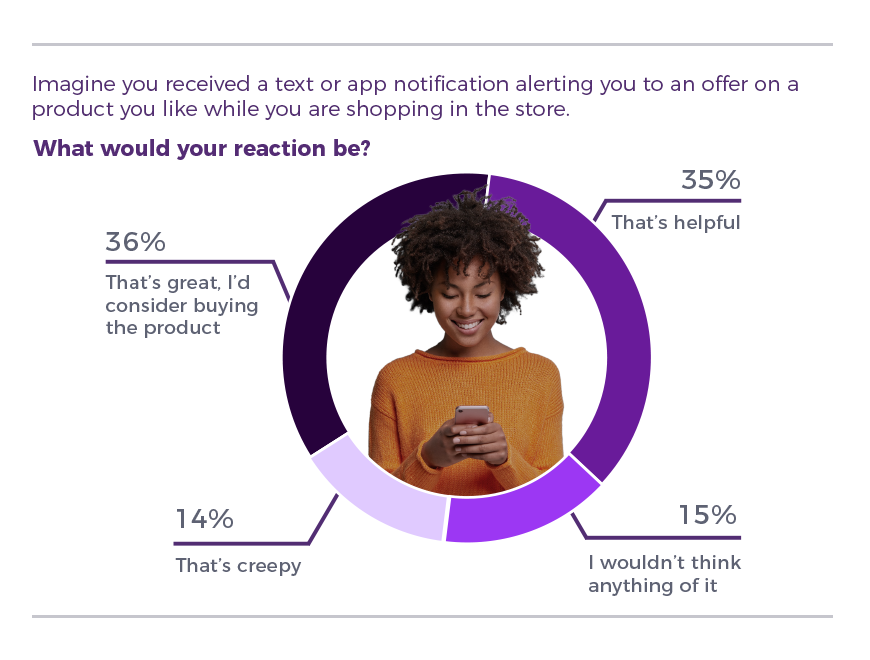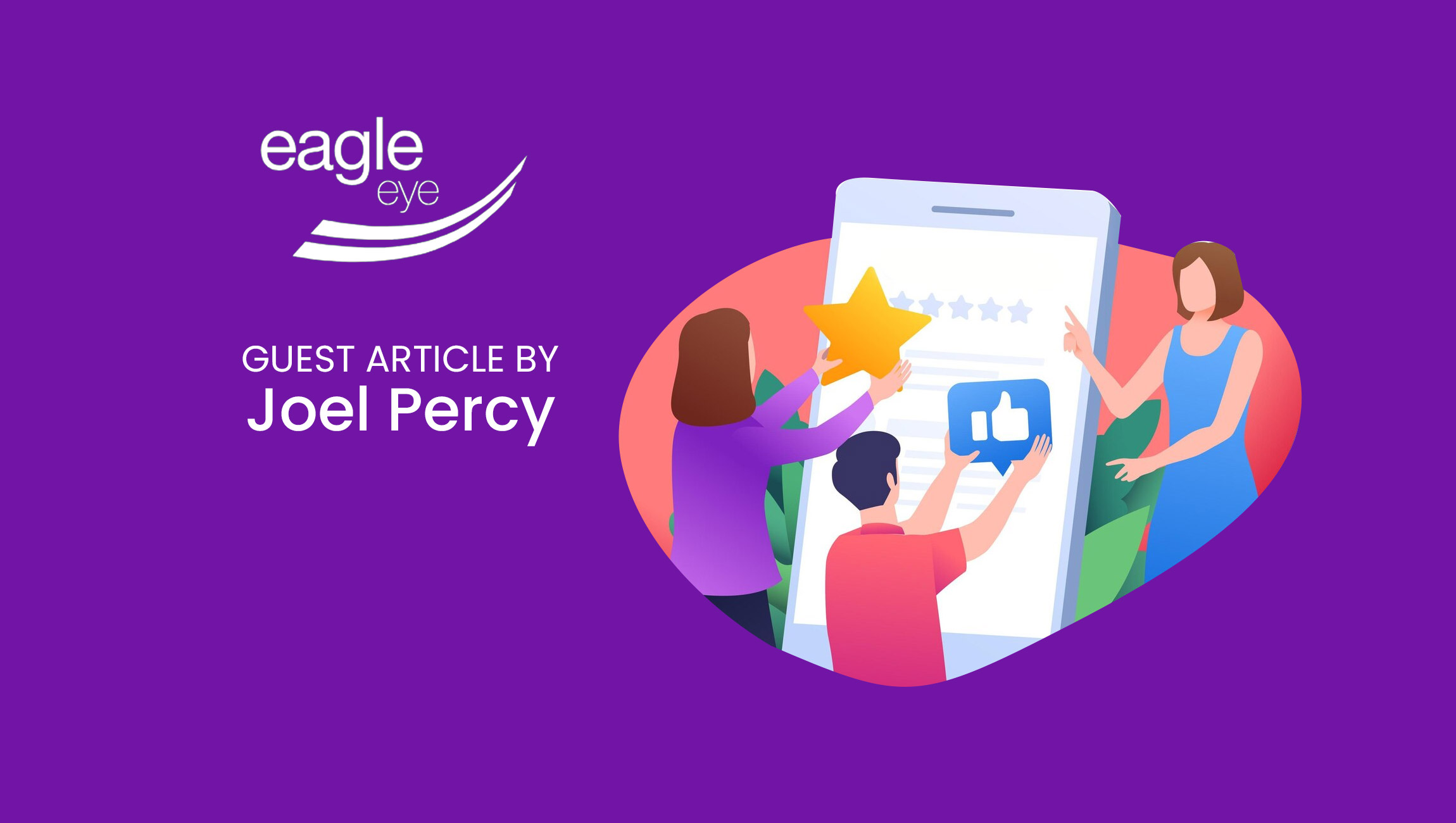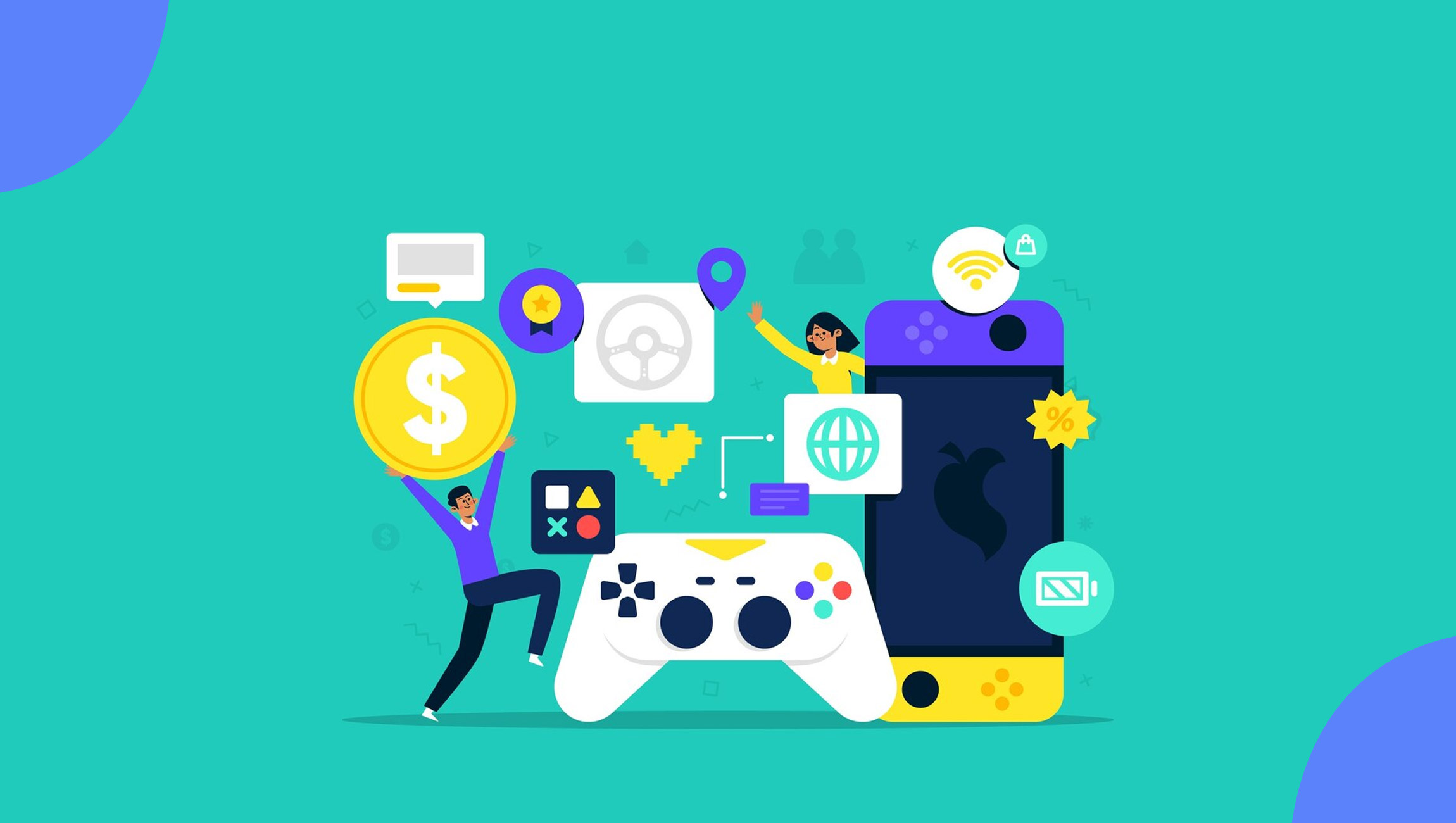Customers are showing a growing demand for personalized and relevant communications with the companies they choose to do business with. Companies that recognize this and use available data to deliver the right offers to the right customers at the right time gain and retain loyal customers who add to the businesses’ bottom lines.
 Loyalty programs allow companies to engage more often with the customer, collect meaningful data to understand the customer’s purchase behavior and preferences and improve financial performance.
Loyalty programs allow companies to engage more often with the customer, collect meaningful data to understand the customer’s purchase behavior and preferences and improve financial performance.
There is a close relationship between loyalty program success and revenue. Starbucks goes as far as to include loyalty membership and related statistics in its periodic financial reports.
Merchants and consumers view personalization as a win-win. Research has shown that 93% of businesses using personalization have seen revenue growth, while according to Eagle Eye’s recent industry report, 84% of global consumers believe receiving personalized offers would help them save more money when shopping.
A deeper dive into the research shows additional benefits available for merchants that successfully pursue a loyalty and personalization strategy. A Gartner cross-industry analysis and forecast found that organizations that had invested fully in personalization would outsell those that hadn’t by more than 30%. The impact of personalized loyalty accrues incrementally on top of organic revenue growth. Grocers tend to experience a 3-4% sales uplift from loyalty members as they consolidate purchases to earn rewards; when rewards become more tailored to each member, that uplift can be even more pronounced. Other merchants have found varying degrees of success with personalization.
Marketing Technology News: MarTech Interview with Frank Paterno, SVP of Marketing at GlobalMeet
Data Triggers Loyalty Success
The data generated by personalized loyalty can drive significant improvements in customer lifetime value (CLV), but first, a company needs to incentivize as many customers as possible to join the loyalty program and then regularly engage with them through personalized offers and contextual marketing.
According to a survey of retail loyalty program professionals we conducted for our recent Grocery’s Great Loyalty Opportunity, 43% said attracting new members was their program’s greatest challenge. Attracting new members should be a priority for retailers, given the incremental revenue they generate: 65% of new loyalty members transact, and 30% make two or more purchases.


Potential Payoff for Early Adopters
Early adopters of a loyalty strategy will have the first-mover advantage. By attracting loyalty members and delivering a program that provides what customers want most – value and personalized and relevant communications they want- the program will edge out competitors’ loyalty programs. Companies that successfully tap into loyalty and deliver meaningful, personalized communications, like Amazon and Netflix, have built much of their success on marketing technology, which will continue to be the driver for enabling what Eagle Eye refers to as Personalization 2.0. Those companies rely heavily on customer data to deliver relevant communications to customers when they are most likely to respond.
Now that those programs for these top-rated companies are well established, consumers also expect this treatment from other loyalty programs.
Best Practices for Improved Personalization: Engagement
Omnichannel Retail 2nd Edition offers several insights for organizations seeking to bolster their personalization strategies and customer engagement.
Companies with the most success in pursuing a loyalty and personalization strategy focus on creating as many digital connections with customers as possible–and actively maintaining those connections throughout the customer-brand relationship.
Real-time digital connections with customers are needed to generate insight into what customers do during their shopping journeys, both inside and outside the store. A merchant needs to link purchases to individual customers to know their best customers and develop offers personalized to each customer’s particular needs. One shopper might buy disposable diapers every week, so that they would welcome a discount or other related offer. But that same offer is meaningless to someone who never purchases diapers. The latter customer would respond more favorably to an offer based on their purchase history, whether dairy products, pet food or something else they regularly purchase or tend to buy as a splurge.
Loyalty programs should be omnichannel, easily discoverable, and feature multiple convenient ways for current and prospective members to interact. Multiple digital connections provide additional opportunities to interact and engage with the customer and allow them to use their chosen digital channel(s). Customers may use different channels simultaneously – sometimes multiple channels during a single purchase.
Once these touchpoints are established, retailers can communicate with their customers freely, reward the behavior they seek, and commercialize their data.
Data-based, two-way and always-on
It’s also essential that these connections be two-way – customer feedback should be solicited and heard – and always on this free flow of data and bilateral communication enables personalized loyalty even for newer members who may not have a high volume of transactions available to analyze. By soliciting customer feedback, a merchant encourages further engagement and obtains deeper insight into customers’ needs and desires and what is currently trending with customers.
Remember that the best personalization strategies combine art and science: The data provides the science for insight, while marketing specialists can best determine how to use that insight to boost interactions and sales to all levels of customers, from the ones new to the loyalty program to those who conduct a high level of business. A merchant can drive emotional and transactional loyalty by personalizing every interaction with customers.
Use a balanced approach. Look to thank and stretch customers with personalized rewards that reflect their purchasing habits.
Marketing in the Moment Provides Benefits
Focus on Marketing in the Moment, which will do for marketing what “near me” did for search – unlock the power of contextual personalization. This approach enables the merchant to influence the customer’s behavior as it happens – when the customer is in the search, browsing and discovery phases of shopping. But to properly execute Marketing in the Moment, a merchant needs the technical infrastructure in place to be able to personalize the customer experience in real-time at every point of the purchase, whether the customer is in a physical, digital or hybrid (i.e., shop online and pick up at the store) environment.
A culture of loyalty and customer-centricity should exist throughout the company. Marketing executives should establish and work with teams to maintain a winning culture that enables them to execute their strategies. Team members are responsible for all of the value a business creates. Put them first, and they will look after the rest.
Brands earn customers’ trust by being as relevant and helpful as possible while they navigate the world around them.
 Final Thoughts
Final Thoughts
As customers not only seek but come to expect personalized and relevant communications with the companies they choose to do business with, your organization needs to recognize this reality and use data, technology and marketing savvy to deliver relevant offers to customers when they are most likely to respond to them. Following such a strategy enables you to build your customer base, retain your most loyal customers, grow your bottom line, and maximize customer lifetime values.
Marketing Technology News: Unleashing the Power of Podcasting: A Game-Changer for B2B Businesses











